Riding a nymphomaniac
118 years ago, 29 April 1899, the car for the first time overcame the speed limit 100 kilometers per hour. And it was a car with electric engines. Belgian race car driver Kamil Zhenattsi, nicknamed the "red devil" on an electric car called "La Jaeme contana", accelerated to 105 km / h, setting a new world speed record for mechanical trackless self-propelled machines. The name of the electric car can be translated as "Constantly dissatisfied" or "Eternally dissatisfied" - this kind of frivolous Gallic humor.
Interestingly, the previous record owned by the French aristocrat, Count Gaston de Chassle-Loba and also installed on an electric car, lasted less than two months. Chasslu-Loba on the electric car of the firm "Jeanto" 4 March March 1899 reached the speed 92 km / h. The result of Zhenatzi and his “eternally dissatisfied” proved to be a little more resistant, he remained relevant for three years.
It is equally interesting to note the fantastic acceleration of technical progress in the XIX-XX centuries. Indeed, in order to achieve 100 km / h speed, mankind needed tens of thousands of years of development, and over the next few decades this figure was exceeded by more than 100 times, allowing spacecraft to overcome the earth's gravity. To be fair, I must say that the first mechanical vehicle that reached the speed of 100 km / h was the English high-speed locomotive Iron Duke, which set this record back in the 1850 year.
On the screen saver - Kamil Zhenattsi (indeed, there is something demonic in his appearance) in the cockpit of the La Jaeme Contan. The car looked very original, especially - by the standards of the XIX century. There were no decorative elements in it, and the streamlined aluminum body, similar to a torpedo or a rocket, would seem to provide the car with excellent aerodynamics.
However, the open elements of the chassis, engines, and most importantly - the driver himself, negated all its advantages. The car did not achieve its result at the expense of the aerodynamic form, but exclusively thanks to two rather powerful electric motors, which developed in aggregate 68 horsepower. Each motor directly worked on one rear wheel.
There was no practical meaning to “La Jaeme contan” and it was a purely record-breaking product, since its battery capacity was only enough for several kilometers, and before each run the batteries needed to be charged for more than two hours. But she played her role as a symbol of the scientific and technological revolution in full.
"La Jamet contana", decorated with ribbons and flower garlands after a record race.
One of the modern museum replicas of electric Zhentaci. The original has not been preserved.
Electric car fmirmy "Zhanto", whose record was broken by "always dissatisfied."
The Iron Duke steam locomotive is the first man-made object to reach 100 km / h.
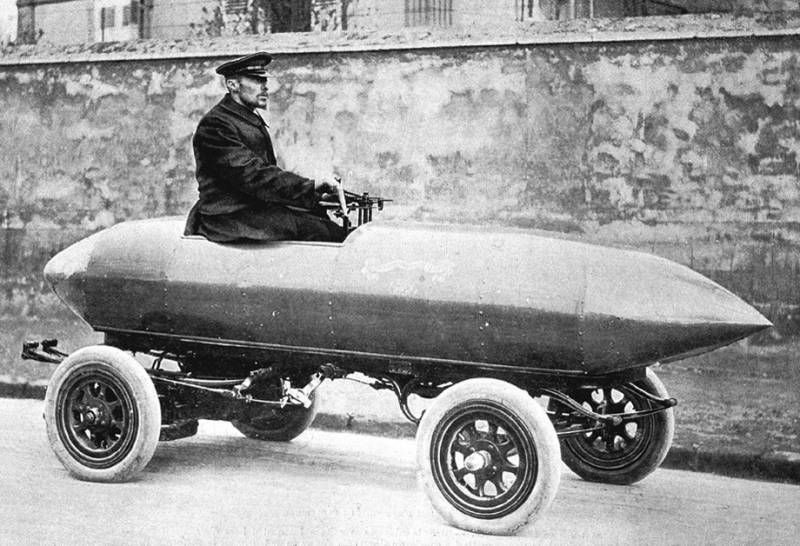
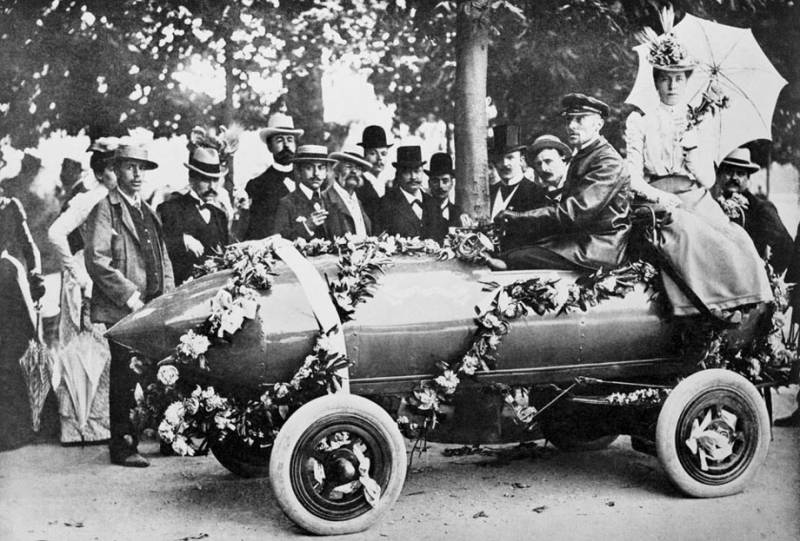
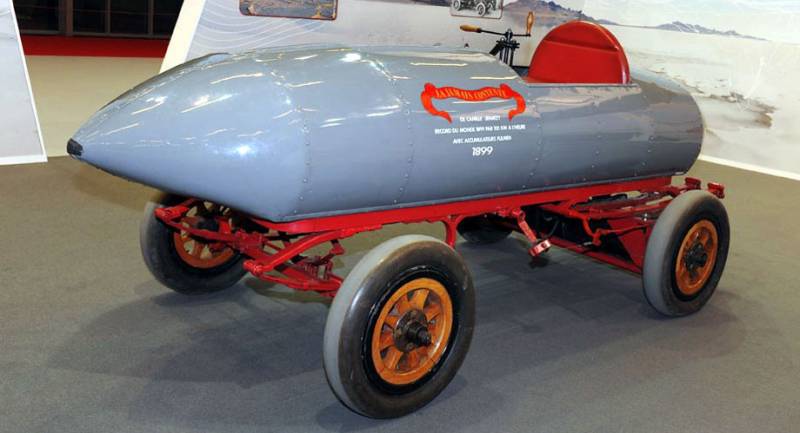
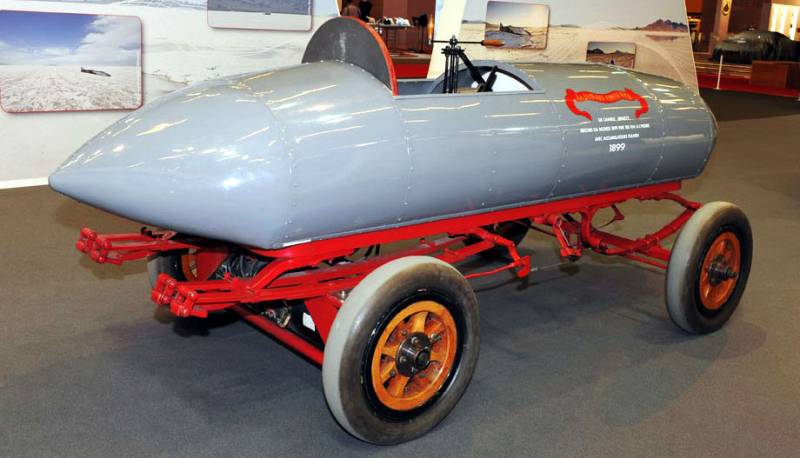
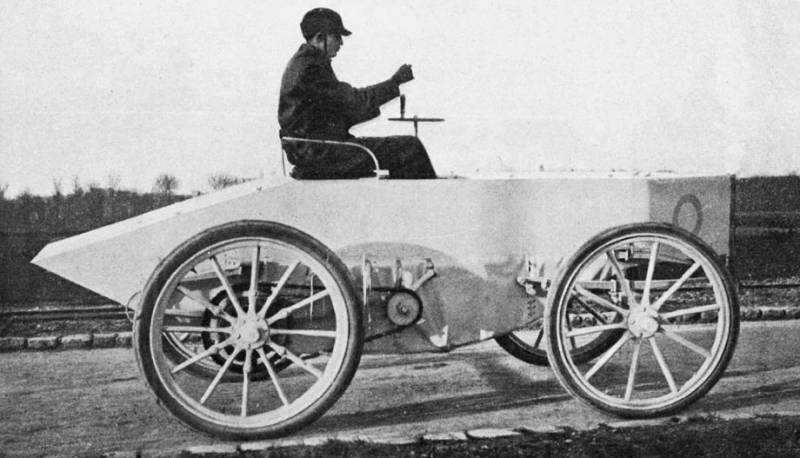
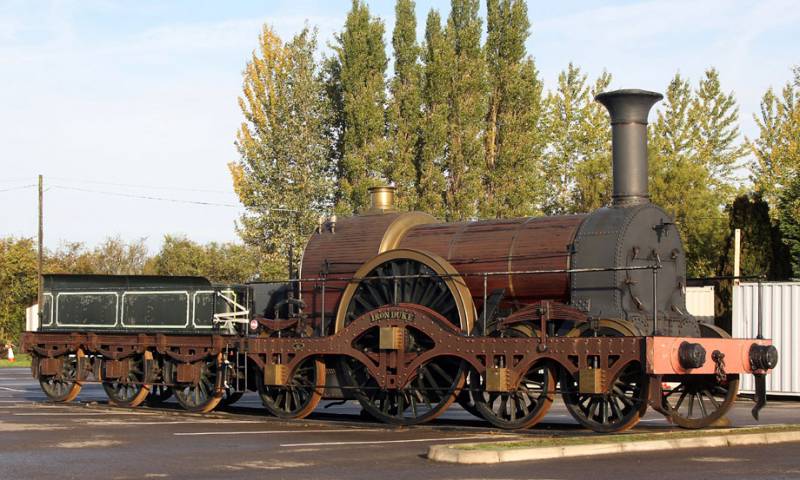
Information